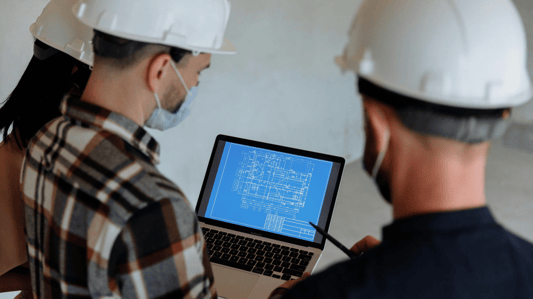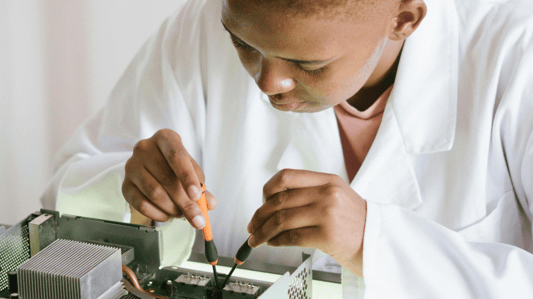platform footwear: Enhancing Style and ComfortPlatform footwear has been a fashion staple for many years, and it is easy to see why. These shoes not only provide an added height boost but also come in a variety of designs, making them a versatile choice for any wardrobe. In this article, we will explore the different aspects of platform footwear, from their history to their current popularity, and why they make an excellent addition to any fashion-forward individual's collection.A Brief History of Platform FootwearPlatform footwear began gaining popularity during the 1970s disco era when dancers wanted shoes that could keep up with their moves. From there, the trend quickly caught on with mainstream fashion, with designs ranging from chunky heels to more subtle platform soles. In the 90s, platforms saw a resurgence in popularity, and currently, they continue to grace runways and sidewalks alike.Why Choose Platform Footwear?Aside from their stylish designs, platform footwear also offers several benefits. One of the most significant advantages is the added height boost, which allows for a more elongated look to the legs. Additionally, the platform soles can also help cushion the feet, making them more comfortable for extended wear. Due to their versatility, platform shoes can be paired with dresses, skirts, and even jeans for an effortless fashion statement.Types of Platform FootwearPlatform footwear comes in various designs, ranging from high heels to sneakers. For those seeking a more dressed-up look, platform heels or wedges offer added height in addition to a touch of elegance. For those preferring more casual styles, platform sandals or sneakers can provide comfort and style with a more relaxed feel. Depending on the material, platforms can be worn during any season, making them a versatile addition to any wardrobe.How to Style Platform FootwearOne of the most significant advantages of platform footwear is their versatility when it comes to styling. For an edgier look, platform boots or heels with metal accents can be paired with dark skinny jeans and a leather jacket to add an extra level of toughness to any outfit. For a more feminine touch, platform pumps or sandals can be paired with a summer dress to add height while keeping the look airy and relaxed.Platform Footwear in Pop CulturePlatform footwear has made appearances in various forms of pop culture. From the iconic platform shoes worn by the Spice Girls to Lady Gaga's jaw-dropping platform boots, these shoes have become synonymous with bold fashion statements. Designer Marc Jacobs even incorporated platforms into his Spring 2021 collection, bringing these shoes back into the spotlight.Popular Brands for Platform FootwearWhile many brands offer platform footwear, some have become staples in the fashion industry. Brands such as Jeffrey Campbell, Steve Madden, and Dolls Kill are known for their bold and stylish platform shoe designs. For luxury options, Gucci and Saint Laurent have also included platform shoes in their collections.Caring for Platform FootwearDue to their added height and unique design, platform footwear requires special care. To keep them looking their best, regularly wipe down the soles with a damp cloth, and avoid wearing them in dirty or wet environments. To prevent the platform from becoming too worn down, avoid walking on uneven or rocky surfaces.Where to Buy Platform FootwearPlatform footwear can be found at many retailers, from mainstream brands to specialty stores. Online retailers such as ASOS and Nordstrom offer a wide range of platform shoe styles in various designs and prices. For those seeking luxury options, designer websites such as Gucci and Saint Laurent offer a range of platforms with unique designs.In ConclusionPlatform footwear has become a fashion staple due to its versatility and unique design. With various styles available, these shoes can be paired with various outfits to create a bold fashion statement. While they require special care and maintenance, they are an excellent addition to any shoe collection for those seeking added height and comfort in their footwear.Quote InquiryContact us!










